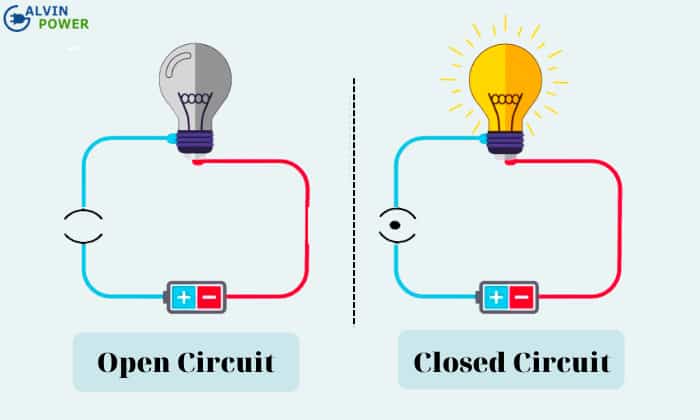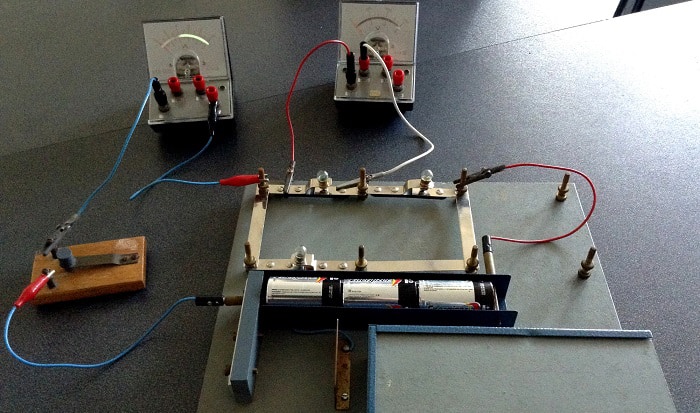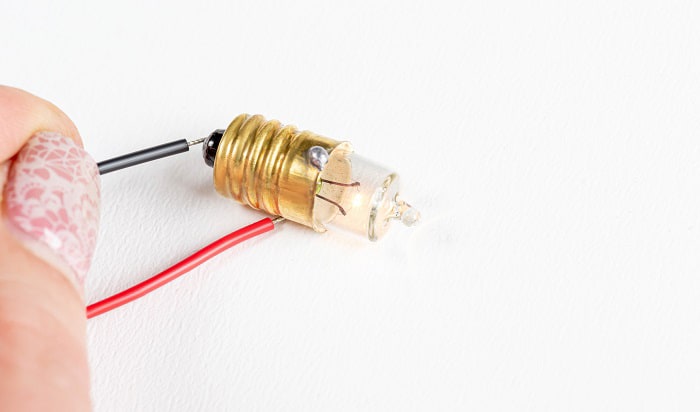The difference between open and closed circuit is a fundamental concept that almost everyone should know. In short, the possibility or impossibility of current flow sets the two apart:
A closed circuit is pretty much a circuit where the flow of electrons or current is uninterrupted. The electricity completes the circular path from one power source to another with no disconnection.
Meanwhile, an open circuit contains a break in the connection. The disconnect is usually due to the switch being open or inadvertently caused by electrical issues. In this state, the electrical current can’t flow.
Continue reading to learn every vital detail about their uses.
Table of Contents
Closed Circuit: Definition & Working Principle
What is It?
Circuits tend to vary in complexity in most electrical systems. More than a handful may have closed and open circuit mixed together. Any circuit or path where electricity may flow between two successive sources or members can be considered a closed circuit.
Once you check the circuit for continuity, it’s there. Closed circuit electricity flows correctly to make sure devices work, in short.
How Does It Work?
Chances are, you’ve been assigned to make a closed circuit in Physics, or your teacher discussed electrical circuits in Class 6 or Class 7.
Look at any standard electrical circuit diagram, specifically one that’s complete. There will be a voltage source, conductor, resistor, and switch – you can’t get any more basic than that.
Think of an average battery as the source, paired with a copper wire, a standard switch, and a light bulb, which contains tungsten that acts as a resistor.
As long as the current can flow from the battery to the bulb through the conductors, and the closed circuit switch is engaged, resulting in the bulb’s light turning on, then you’re looking at a closed circuit.
Open Circuit: Definition & Working Principle
What is It?
Which circuit prevents the flow of current? The answer will always be an open circuit.
For a simpler definition, an open circuit is any circuit where there’s no flow of current. The normally circular path of current can’t be completed as a result of the switch being opened, the wire being cut, or the bulb (i.e. resistor or any other component) going missing.
The source is still there, making it technically a circuit, but the current’s flow is ground to a complete halt at the point of disconnection. In more technical terms, this is represented as R=∞ (or infinite resistance).
How Does It Work?
With an open switch circuit, the light bulb turns off because the current fails to traverse its intended pathway. That’s one benign example, though. Electrical problems may also give rise to an unintended open circuit.
For instance, someone or something accidentally cuts the single wire that serves as the current’s return path. Or, it could be that the resistor being supplied by the source has broken down. Electricians classify these events as open circuit faults.
Pros and Cons
Since an open circuit is a type of circuit where there’s no current flow, it’s hard to see any practical benefit in making it deliberately.
Closed circuits are nothing short of essential, though. Hence, we arrive at the following open circuit vs short circuit overview:
- Closed circuits allow proper power delivery in most electrical tools, gadgets, and equipment. Without them, appliances won’t work, simply put.
- Closed circuits are different from short circuits in that there’s resistance present in the latter. For example, the light bulb provides resistance once it’s opened.
- In short, closed circuits are required for electricity to properly flow and work.
- An unintentional open circuit is almost always a tell-tale sign of failure in your electrical network.
- An open circuit defeats the purpose of making electricity work for you.
Every Notable Difference Between Open Circuit and Closed Circuit
When comparing open circuit vs closed circuit, we’ll see how one is the antithesis of the other.
- Zero continuity exists in an open circuit, while there’s always continuity in a closed circuit.
- The switch is open in an open circuit, and it’s the opposite in a closed circuit.
- Resistance is complete, if not infinite, in an open circuit, while it’s only minimal in a closed circuit.
- Electricians use the symbol “(.)” for a closed circuit, while for an open circuit, it’s “()”.
- Potential difference occurs in the two terminals of a closed circuit. This doesn’t occur in the terminals of an open circuit.
- Open circuits technically don’t conduct electricity.
- Not counting electrical problems, open circuits connote a device is ‘Off’, while closed circuits are ‘On’.
Example of a Closed and Open Circuit
Real-world examples of a closed circuit include the connection between a TV and a camera, allowing the TV to display the camera’s screen or a flashlight and car headlights that are turned on.
Once you turn off the flashlight, its circuit is already considered open. The same can be said for a TV that won’t turn on because important wires have melted, burned off, or were cut.
What Causes an Open Circuit?
Wires that get damaged to the point that they sever the circuit’s only pathway and connection between a voltage source and an appliance.
An open circuit may also happen because one circuit component is already failing. Of course, switching off a circuit also technically causes an open circuit state.
Does an Open Circuit Have Voltage?
Yes. It’s still a circuit with a voltage source, after all. Even if there’s a break in the circuit, the voltage will still be present, ready to set up the current once the circuit is closed.
Conclusion
This post doesn’t miss anything about the essentials of an open and closed circuit. I hope I’ve cleared up any remaining uncertainties you may have had regarding this topic.
On the whole, think of the two as opposites: Closed circuits allow current to flow, while open circuits stop it altogether. The latter can be due to manual interruption or accidental, problematic causes.
Related: Detailed comparison between Branch vs Feeder Circuit

I am Edwin Jones, in charge of designing content for Galvinpower. I aspire to use my experiences in marketing to create reliable and necessary information to help our readers. It has been fun to work with Andrew and apply his incredible knowledge to our content.



